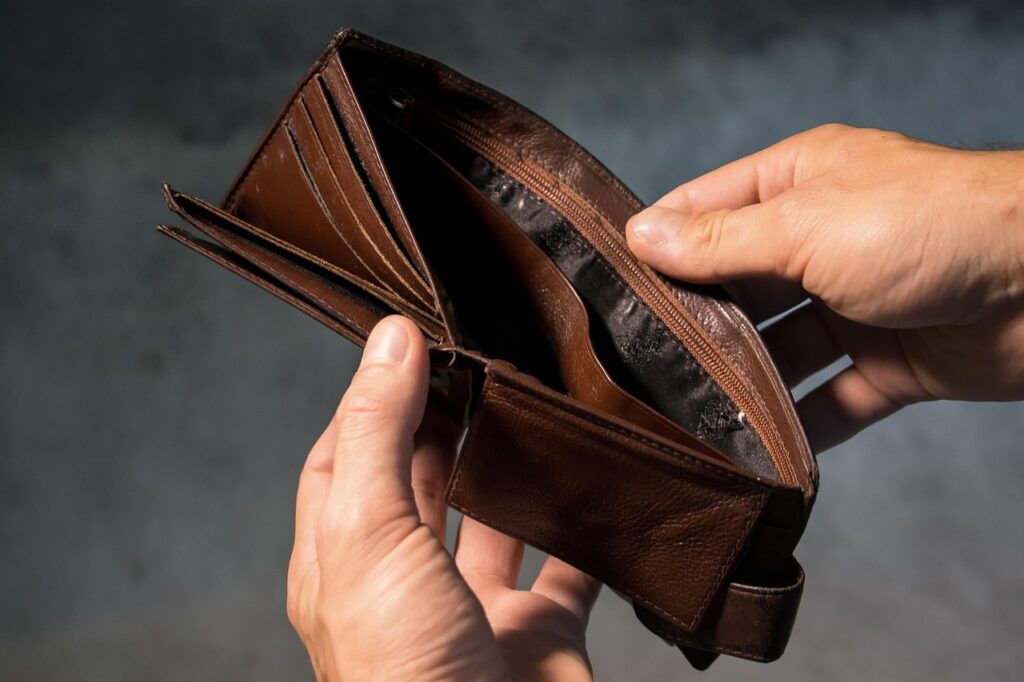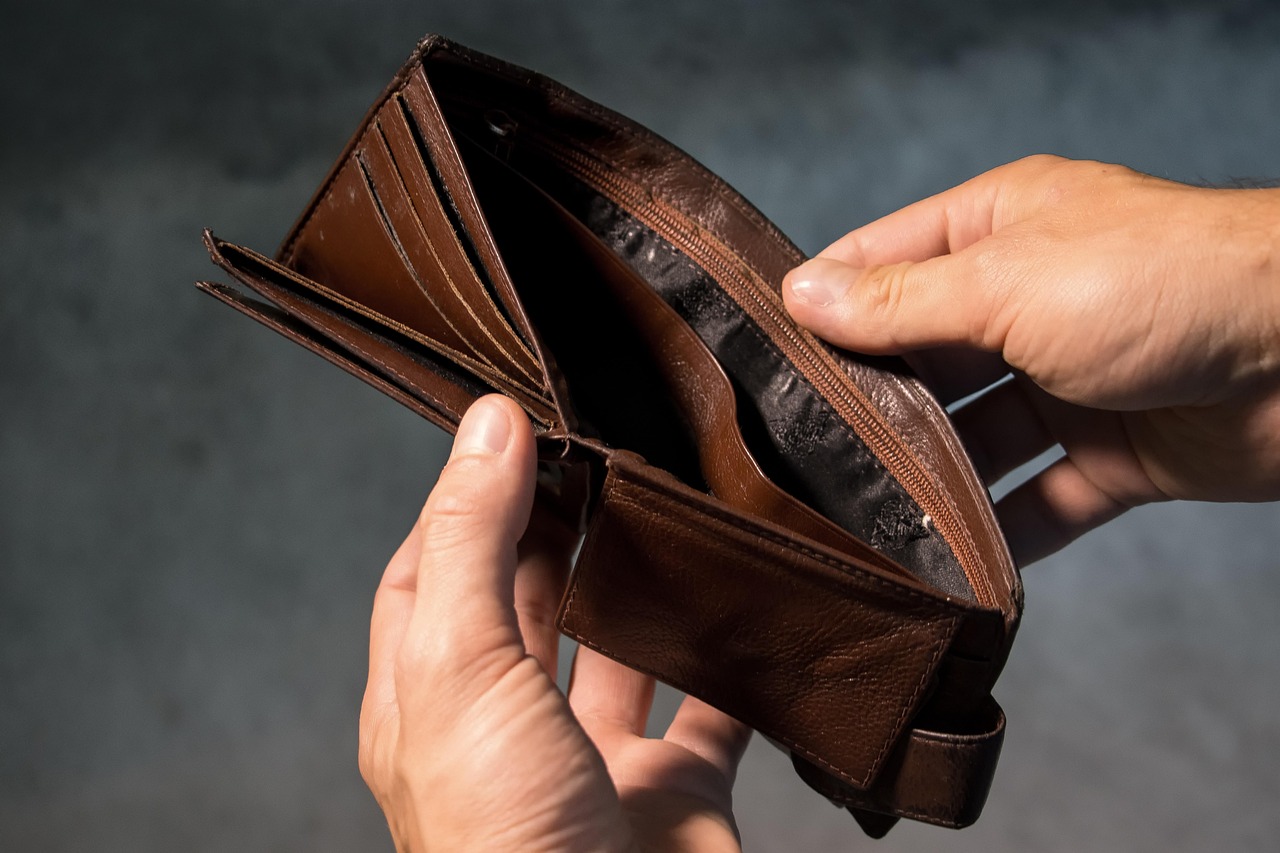
Twelve months ago, I had $327 in my savings account and about $4,800 in credit card debt. Today, I have a fully funded emergency fund, zero credit card debt, and I’m contributing 15% of my income to investments. The difference between those two versions of me isn’t a salary increase or an inheritance — it’s one year of actually giving a damn about where my money went.
I’m not writing this to brag. Honestly, I’m writing it because a year ago I would’ve killed for someone to just be real with me about what this process actually looks like. Not the Instagram version where someone casually mentions paying off $30,000 in debt while traveling the world. The messy, sometimes boring, occasionally frustrating real version.
Month 1: The Reckoning
January started with what I now call “the spreadsheet of shame.” I sat down on a Saturday morning, pulled up three months of bank statements, and categorized every single transaction. This took four hours and two cups of coffee that I definitely could not afford.
The numbers were worse than I expected. I was spending $380 monthly on food delivery and restaurants. My “miscellaneous” category — which is code for “I have no idea what I bought” — was averaging $290 a month. I had five streaming subscriptions I barely used, costing me $67 monthly. I was paying $850 in rent, which was fine, but then hemorrhaging money everywhere else.
My take-home pay was around $3,200 monthly. On paper, that should’ve been plenty. But after rent, minimum debt payments, insurance, and utilities, I only had about $1,100 for everything else. And I was spending more than that on food alone.
The worst part wasn’t the numbers themselves — it was realizing I had nothing to show for any of it. I wasn’t eating at amazing restaurants or having incredible experiences. I was just… leaking money because I couldn’t be bothered to plan ahead or cook a meal or say no to convenience.
That first month, I didn’t try to fix everything. I just tracked. Every coffee, every impulse Amazon purchase, every late-night food order. I wanted a full month of honest data before I started making changes.
Month 2-3: The Aggressive Phase (That Didn’t Work)
February me was motivated and slightly unhinged. I created this elaborate budget that cut my food spending to $200 monthly, eliminated all entertainment, and funneled every spare dollar toward debt. I was going to pay off all my credit cards by June, save $5,000, and basically become a financial guru overnight.
This lasted exactly 19 days.
I crashed hard. One stressful week at work and I ordered takeout four nights in a row. A friend’s birthday came up and I felt guilty saying no to dinner, so I went and spent $60 I hadn’t budgeted for. By the end of February, I’d blown my budget so badly that I almost gave up entirely.
March wasn’t much better. I kept setting these aggressive targets and then failing to hit them, which made me feel like budgeting just “wasn’t for me.” Looking back, I was trying to overhaul my entire life in one month, and that’s just not sustainable.
The breakthrough came when I stopped trying to be perfect and started trying to be slightly better. Instead of cutting food spending to $200, I aimed for $300. Instead of zero entertainment, I budgeted $50 for fun stuff. Instead of throwing every dollar at debt, I split my extra money between a small emergency fund and debt payments.
These smaller changes actually stuck.
Month 4-6: Building Systems
April was when things started clicking. I set up automatic transfers: $150 to savings the day after each paycheck, and an extra $100 toward my highest-interest credit card. I didn’t have to think about it or decide each month — it just happened.
I also started meal prepping on Sundays, which sounds basic but genuinely changed my spending. Having lunch ready for the week meant I wasn’t dropping $12-15 daily on mediocre food. That alone saved me about $200 monthly.
By May, I’d paid off my smallest credit card completely. It was only $980, but seeing that balance hit zero felt incredible. I took the minimum payment I’d been making on that card — $35 monthly — and rolled it into my next smallest debt. This is called the debt snowball method, and watching it work in real life was weirdly satisfying.
June brought my first real emergency fund test. My car needed $650 in repairs. Old me would’ve put it on a credit card and stressed for weeks. New me pulled it from my emergency savings (which had grown to about $900 by then), paid cash, and then spent the next two months rebuilding that fund. It wasn’t fun, but it wasn’t a crisis either.
Month 7-9: The Plateau
July through September were honestly kind of boring, which I now realize is a good thing. I wasn’t making dramatic progress, but I was being consistent. My savings grew slowly but steadily. My debt dropped incrementally but reliably.
These months taught me that financial progress isn’t a straight line. Some months I could only save $100 because unexpected expenses came up. One month I actually had to pull $200 from savings to cover a surprise medical bill. That felt like failing, but I reminded myself that this is exactly what an emergency fund is for.
I also started noticing my spending habits more naturally. I’d be about to order delivery and think “do I really want to spend $25 on this, or would I rather cook and put that $25 toward my next debt payoff?” Sometimes I still ordered delivery! But the key was that it became a conscious choice instead of autopilot.
By September, I’d paid off my second credit card and had $1,500 in emergency savings. My last remaining credit card balance was down to $1,600 from the original $2,900.
Month 10-12: Momentum
October through December felt like everything was finally coming together. I got a small raise at work in October — just $150 more monthly after taxes — and instead of lifestyle inflating, I split it between extra debt payments and savings.
In November, I made my final credit card payment. I actually got a little emotional seeing that balance hit zero. It had been hanging over me for almost two years, and now it was just… gone. I celebrated by getting nice takeout (budgeted for!) and then immediately redirected that $135 monthly minimum payment into my investment account.
December was wild because I finally hit my emergency fund goal: three months of essential expenses, which for me was $3,600. Having that buffer completely changed how I felt about money. I wasn’t stressed about every little unexpected cost anymore.
I also started investing seriously. I’d opened a Roth IRA earlier in the year and had been contributing $50 monthly just to build the habit. In December, I increased it to $300 monthly. It’s not a huge amount, but compound interest over time means this is where real wealth building happens.
What I Learned (The Unglamorous Truth)
Progress is slower than you want and faster than you expect. Each month felt like I was barely moving forward, but looking back at twelve months, the change is massive.
You’ll mess up, and that’s fine. I blew my budget in months two, five, and eight. I made impulse purchases. I occasionally said “screw it” and ordered expensive takeout. The difference between success and failure wasn’t perfection — it was getting back on track after mistakes.
Small systems beat big willpower. Automating savings and debt payments did more for my finances than any amount of motivation or goal-setting. When the system runs itself, you can’t forget or talk yourself out of it.
Your priorities will surprise you. I thought I’d hate giving up frequent restaurant meals, but I genuinely didn’t miss them that much. Meanwhile, I thought I could easily cut my coffee budget, but that turned out to be something I really value. Budgeting teaches you what you actually care about versus what you spend money on out of habit.
It gets easier. The first few months were hard because I was building new habits and fighting old patterns. By month six, most of it felt normal. By month twelve, I couldn’t imagine going back to not tracking my spending.
The Current Reality
I’m not rich. I’m not even close to retiring early or buying a house. But I have breathing room now. When my laptop died last month, I bought a new one without panic. When a friend suggested a weekend trip, I could actually say yes because I’d budgeted for travel.
More importantly, I’m building something. Every month, money goes into investments that will compound for decades. Every month, my net worth ticks up instead of down. Every month, I’m a little more financially secure than I was before.
If you’d told me a year ago that I’d be excited about spreadsheets and tracking spending and calculating investment returns, I would’ve laughed. But here I am, genuinely enjoying the process of building wealth slowly and sustainably.
The best time to start was five years ago. The second-best time is today. Wherever you are financially right now — drowning in debt, living paycheck to paycheck, or just wanting to be more intentional with money — you can change your trajectory. It won’t happen overnight, but it will happen if you stick with it.
One year from now, you’ll be incredibly grateful you started today.
My Current Numbers (Month 12):
- Emergency Fund: $3,600 (3 months of expenses)
- Credit Card Debt: $0
- Monthly Investment Contributions: $480 (15% of income)
- Average Monthly Savings Rate: $650
- Net Worth Change: +$9,200 in one year
Tools That Helped:
- YNAB for budget tracking
- Automatic transfers set up through my bank
- Google Sheets for tracking net worth monthly
- A simple meal prep routine every Sunday
